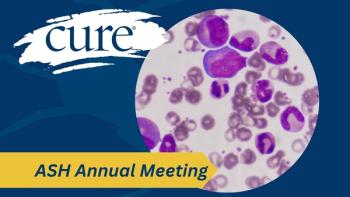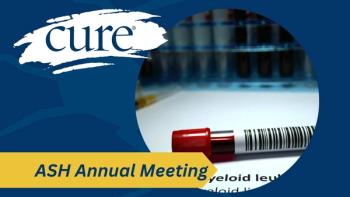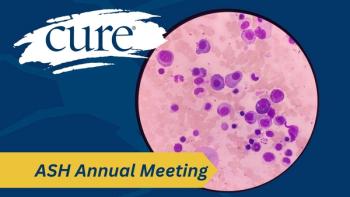
Veteran Credits CAR T-Cell Therapy With Helping Him Reach Remission

Key Takeaways
- Prostate cancer treatment options include radical prostatectomy, radiation therapy, and minimally invasive techniques like cryoablation, HIFU, and TULSA.
- Minimally invasive therapies generally have fewer side effects, such as lower risks of incontinence and erectile dysfunction, compared to more invasive treatments.
Mark Daniels, 83, says CAR T-cell therapy and strong support helped him overcome lymphoma twice and return to the fitness-focused life he values.
Mark Daniels, an 83-year-old veteran and fitness enthusiast, shares how a shocking lymphoma diagnosis led to a life-changing experience with CAR T-cell therapy.
A former Navy pilot and commercial aviator, Daniels was stunned to learn he had cancer, especially after a lifetime of health-conscious living. “I exercised, ran 40 miles a week, never smoked or drank; I felt totally healthy,” he recalled. The diagnosis, he said, was hard to believe.
Daniels credits his military background with giving him the mindset to face lymphoma head-on. “You don’t run, you fight,” he said. That determination, along with the support of his oncologist, Dr. Guo, and the team at John Theurer Cancer Center, helped him through two bouts with the disease.
Now in remission, Daniels continues to prioritize fitness as a part of his recovery and identity.
CURE: Can you take us back to your first cancer diagnosis? What was going through your mind and how did you find strength during that time?
Daniels: Well, I’ve always been oriented toward physical fitness. I was in the Navy and later a commercial pilot, both of which required staying in top shape. I exercised, ran 40 miles a week, went to the gym, watched what I ate, never smoked, didn’t drink. I felt totally healthy. So, when the doctor said, “You have cancer,” it was a total shock. I couldn’t believe it. I didn’t feel sick. That disbelief was probably the hardest part at first.
How did your experiences as a Navy fighter pilot shape the way you approached your cancer journey?
There’s a certain mindset, I’ll call it a warrior culture. When faced with a challenge, you don’t run, you fight. That mindset stuck with me. After the initial shock, I decided: other people have beaten this, and I will too. I also had an incredible doctor, Dr. Goy. He’s compassionate and brilliant, and most importantly, he connects with you. He knows what to say and how to say it. When you're dealing with a life-changing diagnosis, that connection makes all the difference. He treated both the illness and the person. That kept me going.
What was your experience like with CAR T-cell therapy, and how did you stay positive through its challenges?
The scariest part of CAR T was not understanding it. When I told Dr. Goy I didn’t get it, he arranged for the head nurse to sit with me and explain everything: what it is, how it works, and what to expect. That helped a lot. Once you know what’s coming, you just do it. It’s not fun, but you suck it up.
The hardest part was the isolation. During CAR T, you’re in a kind of solitary. The only person you might see is a nurse in full protective gear. That part made the days drag. But I was constantly amazed by the nurses, all of them. Every single one I met was knowledgeable, kind and present. That support made a hard process bearable.
You’ve credited the care team at John Theurer Cancer Center with treating you like family. What specific moments or people stand out to you the most?
Honestly, it’s hard to pick just one. I never had a bad experience, not one. Every nurse, every receptionist, everyone I met was kind and professional. I believe Hackensack’s success with CAR T is partly because of that. The procedures might be the same as other hospitals, but the people are the difference. Their compassion and attention make a huge impact.
Now that you’re in remission, what does survivorship mean to you? How has it changed how you view life and passions like fitness?
Well, I wouldn’t say I’m cancer-free; I still go in every three months for scans. But it does change how you see things. Before cancer, I felt kind of bulletproof. I never got sick and didn’t rely on medications. But now I appreciate everything more.
Getting back into the gym after treatment was hard. I’d lost a lot of weight and strength, and even lifting 10-pound dumbbells was a struggle. But I kept at it. Progress was slow, but it came. That effort, that burn— it was mentally rewarding. Now, I do something every day, whether it's walking or an hour on the elliptical. I’ve always lived this way, so it wasn’t a big change, just a reset. It’s a continuation of who I’ve always been.
Transcript has been edited for clarity and conciseness.
For more news on cancer updates, research and education,





